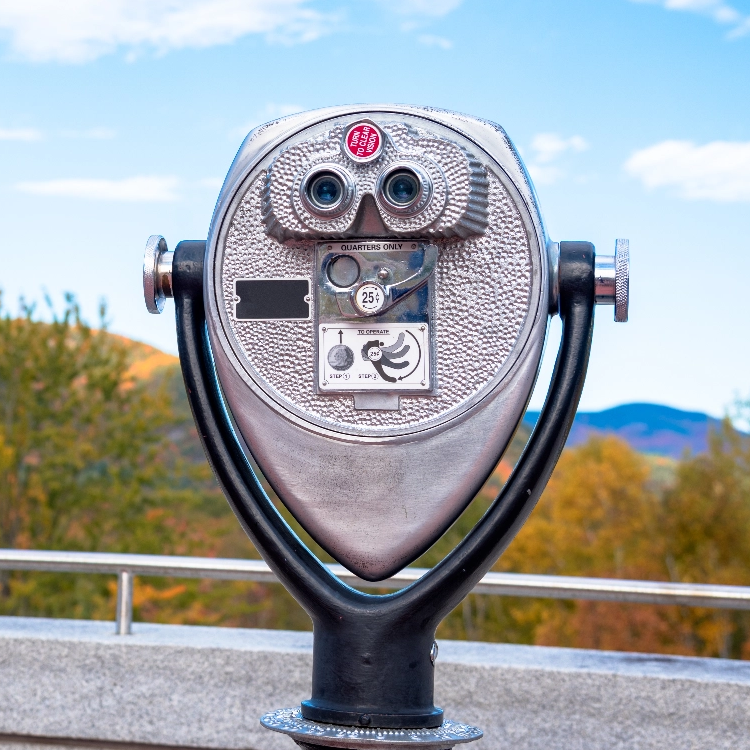
Let's point you in a different direction.
Head back home to select a journey or use the search to find something specific.
Physicians and other health care providers providing services through the SJ/C Physician Network may be independent contractors and not employees or agents of the SJ/C Physician Network, St. Joseph’s/Candler Health System or its affiliated entities. Each such physician or other health care provider is responsible for their own actions and the SJ/C Physician Network, St. Joseph’s/Candler Health System and its affiliated entities are not and shall not be liable for the acts or omissions of any such physicians or health care providers.
